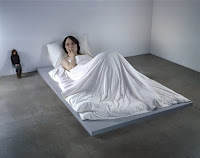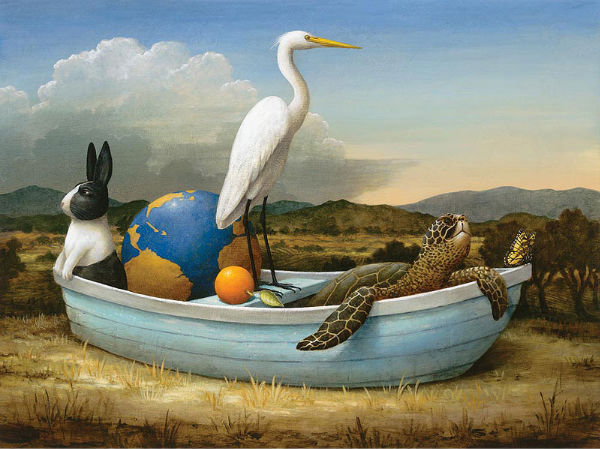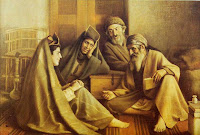1968 Olympics
 When asked to a design an olympic logo, the brief given states that you need the olympic rings and the citys name and year stated. The rest is on the designer. As such a lot of the created designs are rather simple with little deviation or extreme creativity. A lot of the asthetic of the design falls back on the architecture and venues created for the olympics.
When asked to a design an olympic logo, the brief given states that you need the olympic rings and the citys name and year stated. The rest is on the designer. As such a lot of the created designs are rather simple with little deviation or extreme creativity. A lot of the asthetic of the design falls back on the architecture and venues created for the olympics.
When Mexico was asked to host the olympics, as a developing city, they could not afford such amazing architecture as other world class cities could. So the importance in design fell back on the logo.
Lance Wyman was the graphic designer responsible for the logo, which was used on applications from stamps to famtasticly big posters.
The logo makes great use in coupling line and letterform to create a visual repetition to represent what the olympics ment to mexico at the time, as it was in an important period of growth and expansion.
The logo takes its fantastic paralell line type design from historical Mexican art to create a very dynamic and rythmic logo. The logo itself is fantastic in this sence, as it created a very powerful identity, which flowed on in all other aspects of the olympics.
The curved, continuous stroke creates uniformity, and also allows a sence growth to be seen as the frequency of lines increases; also relevent to growth of Mexico at the period.
Personally I do like this logo, it is very eye catching and for such a simple concept really does have alot of ideaology behind it.
http://olympic-museum.de/design/lancewyman/wyman.htm
http://olympic-museum.de/poster/poster1968.htm
purple monkey dishwasher
Melbourne Cricket Club
The melbourne cricket club logo is an emblum consisting of the three letters that make up the abreviation MCC. The emblem makes use of line and scale to balance the three letters as they intertwine with each other, creating a sence of movement in the design.
The elements prodominant in the design, letterform and colour, pretty much make the design what it is. By using stylised letterform a sence of history and importance is created. Coupled with the principal of balance a sence of unity is created, as all three letters have equal viewability.
In my opinion, this is a very good logo, and quite representitive of what the Melbourne Cricket Club represents. By this I mean that cricket is a game of friendly competition; allthough playing for sucess it is all about respect and equality.
Please note that no information on who designed the logo, or when could be found. It is presumed that it came into existence when the club was created in 1838.
http://mcc.com.au













